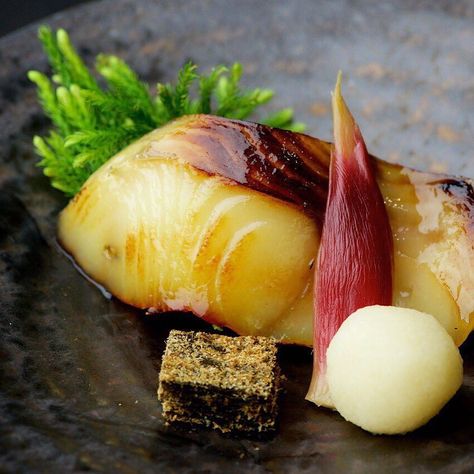No products in the cart.
[Công Thức Nấu Saikyo Zuke (cá Muối Vị Miso) Nhật Bản, Kinh Nghiệm Hay] Saikyo zuke là một món ăn truyền thống Nhật Bản được làm bằng cách ướp cá trong một hỗn hợp miso, sake và đường. Món ăn này có hương vị ngọt ngào, umami đậm đà, và kết cấu mềm mịn, khiến […]

